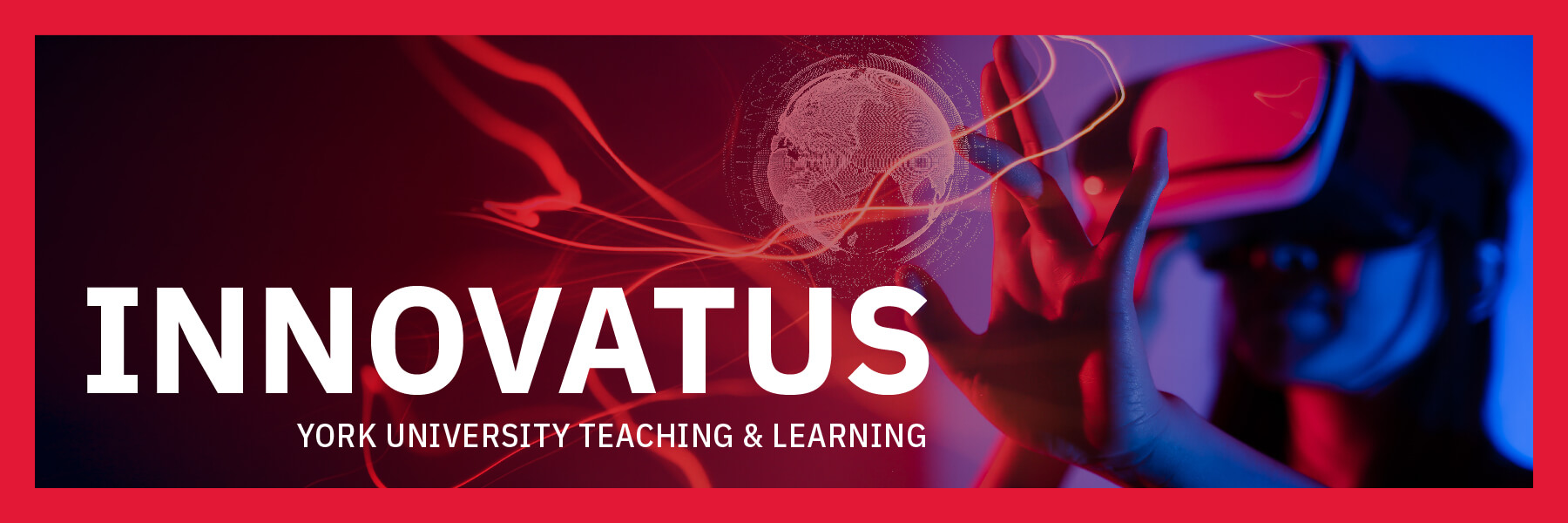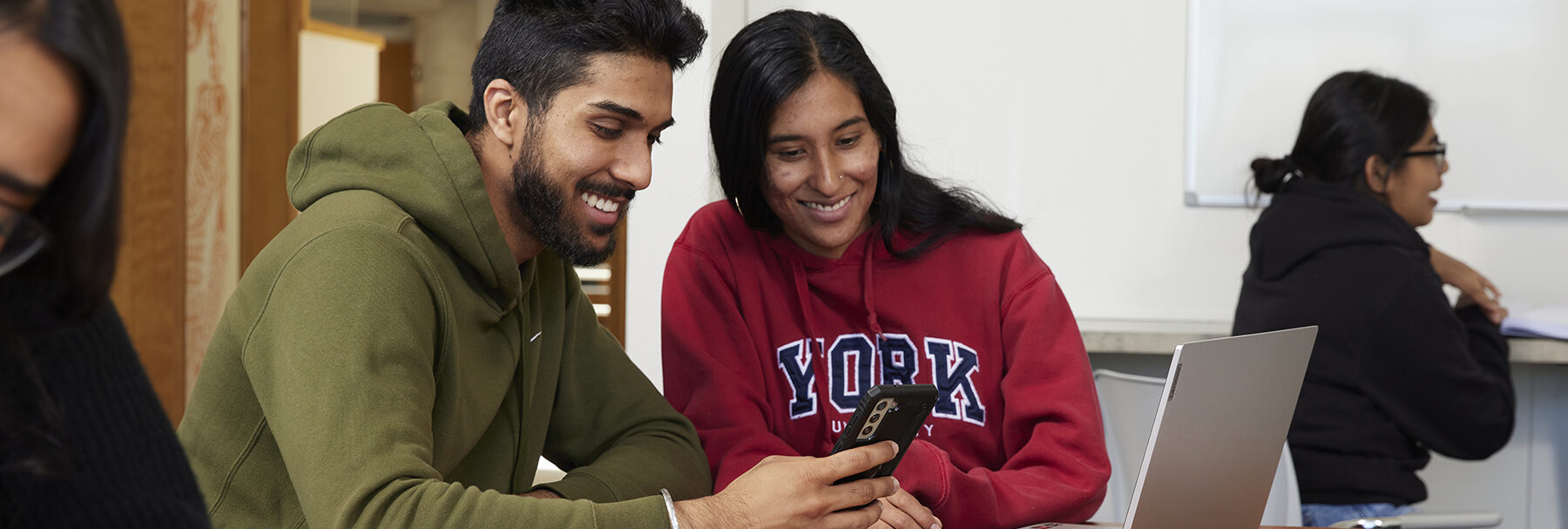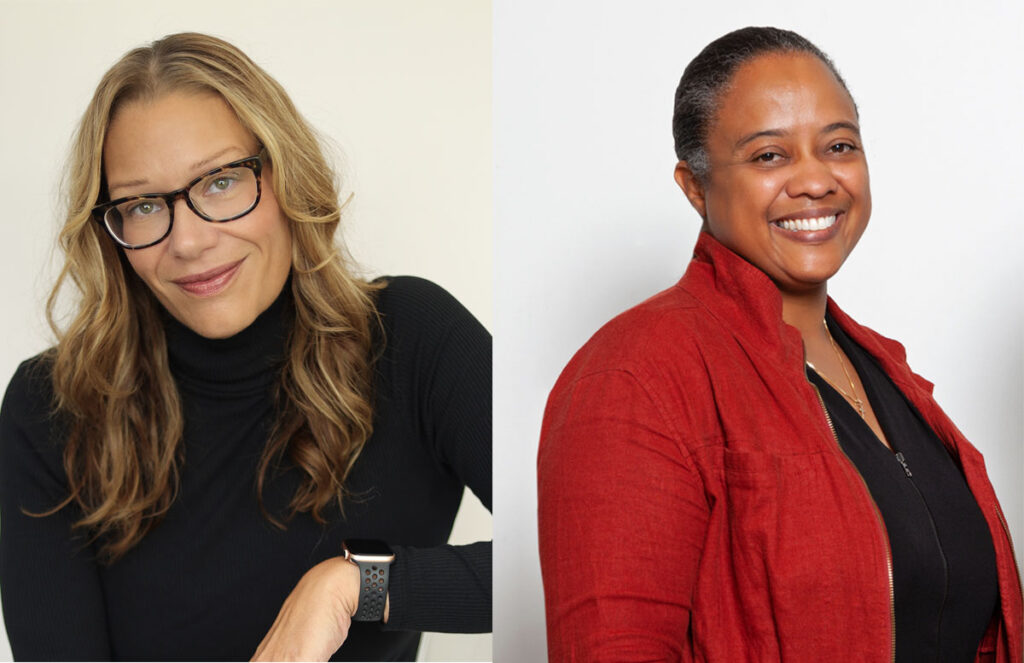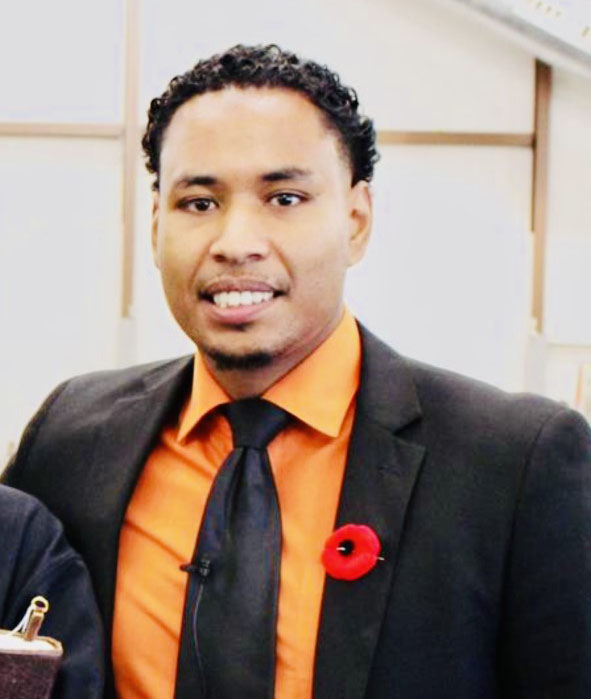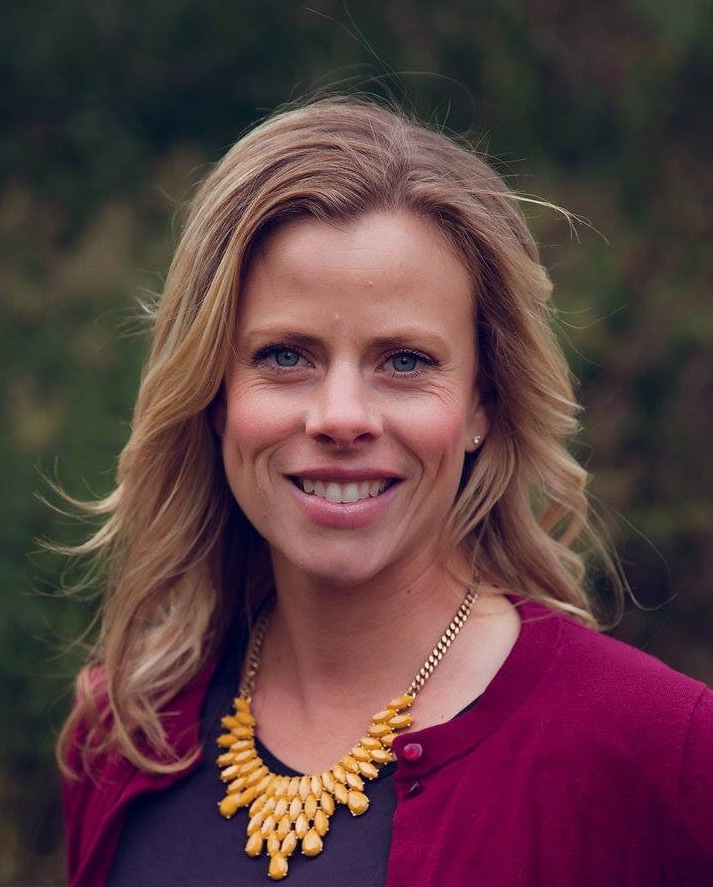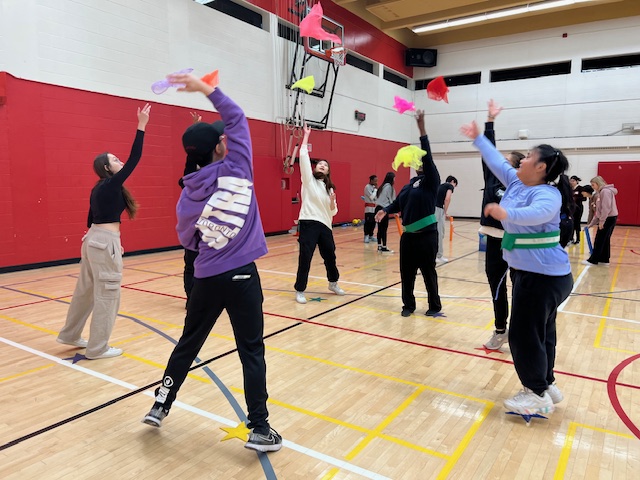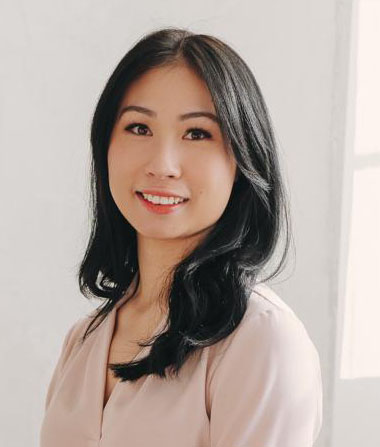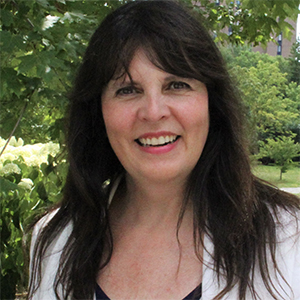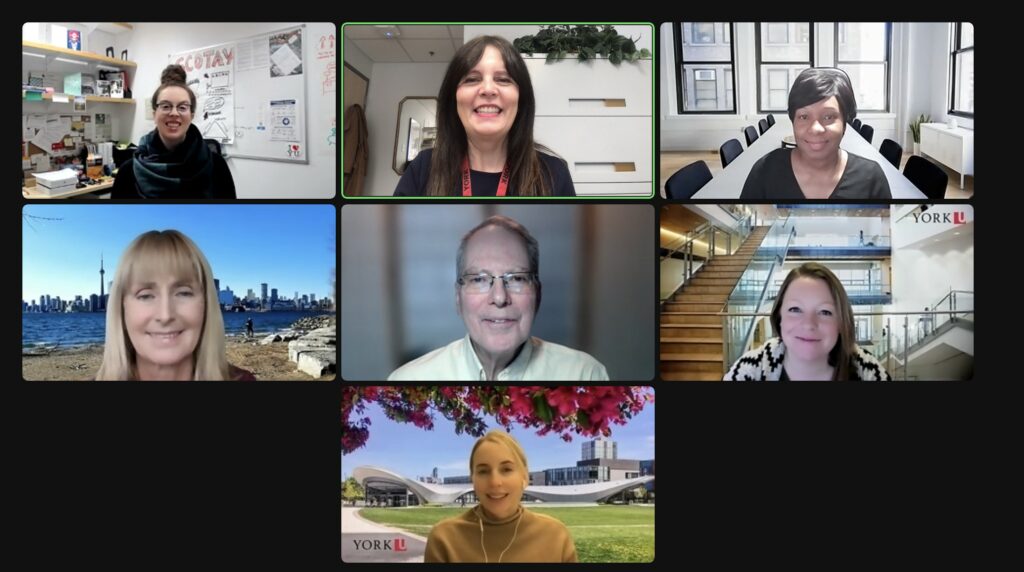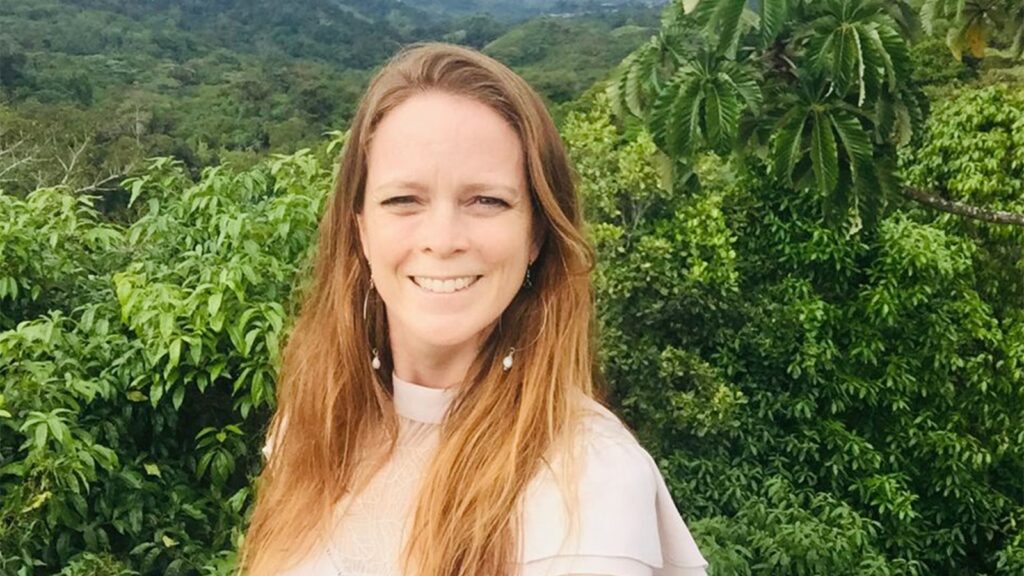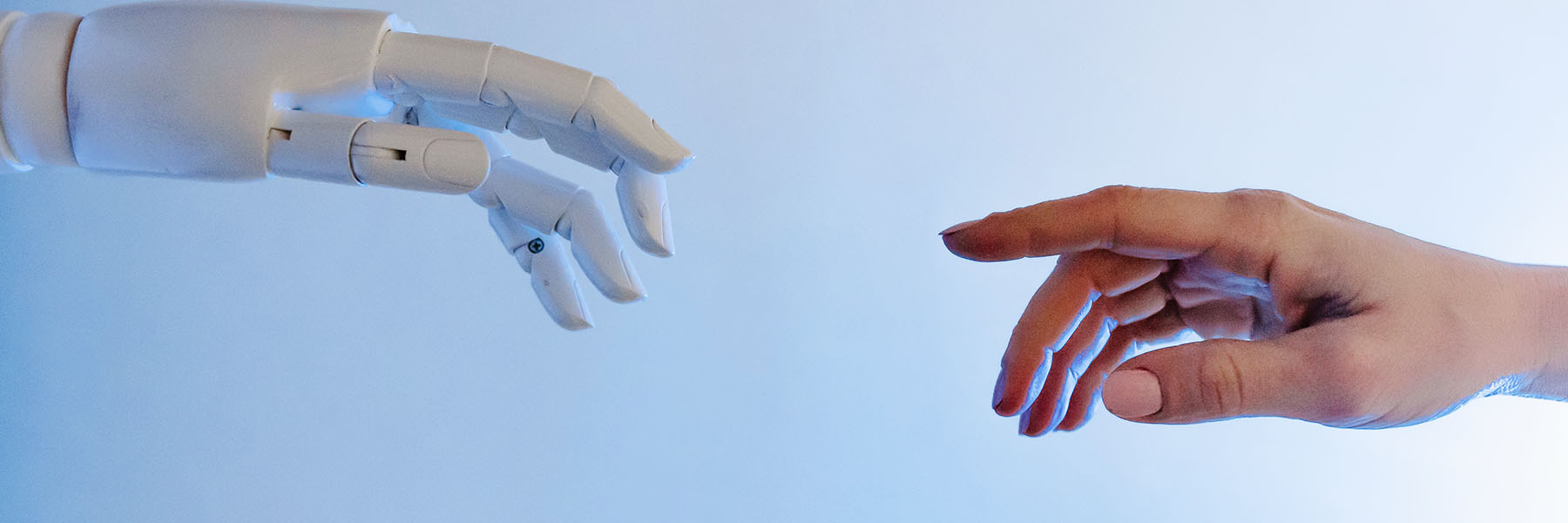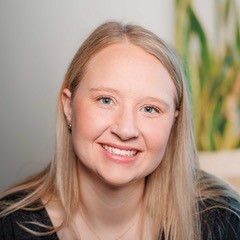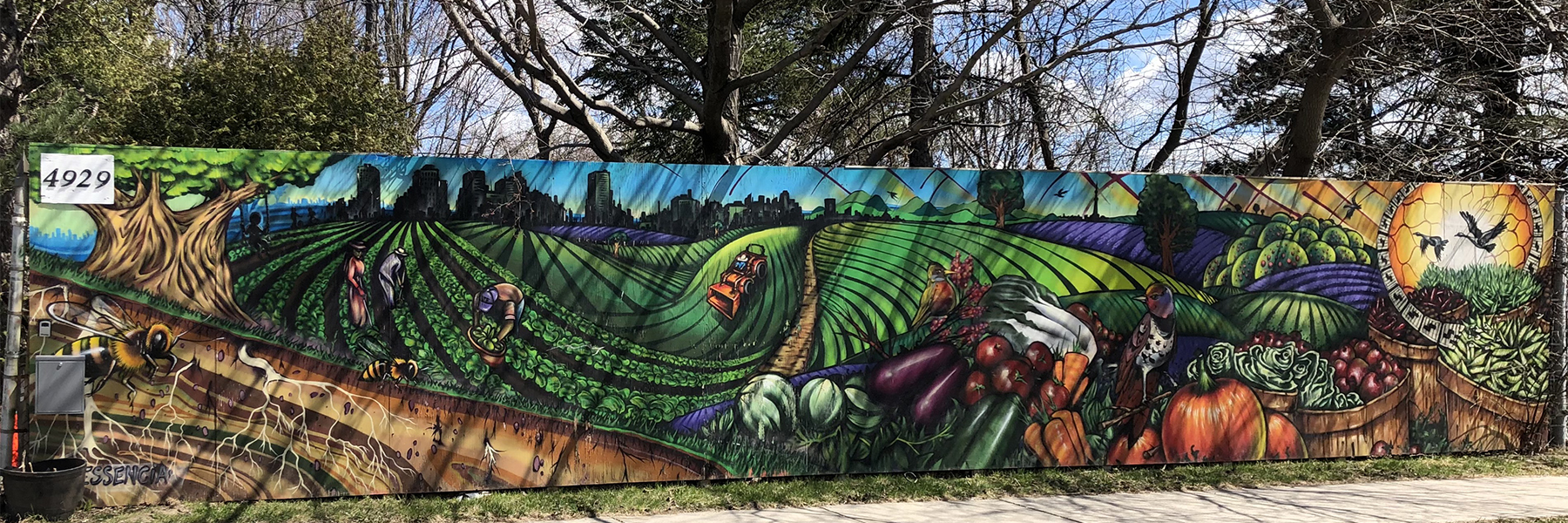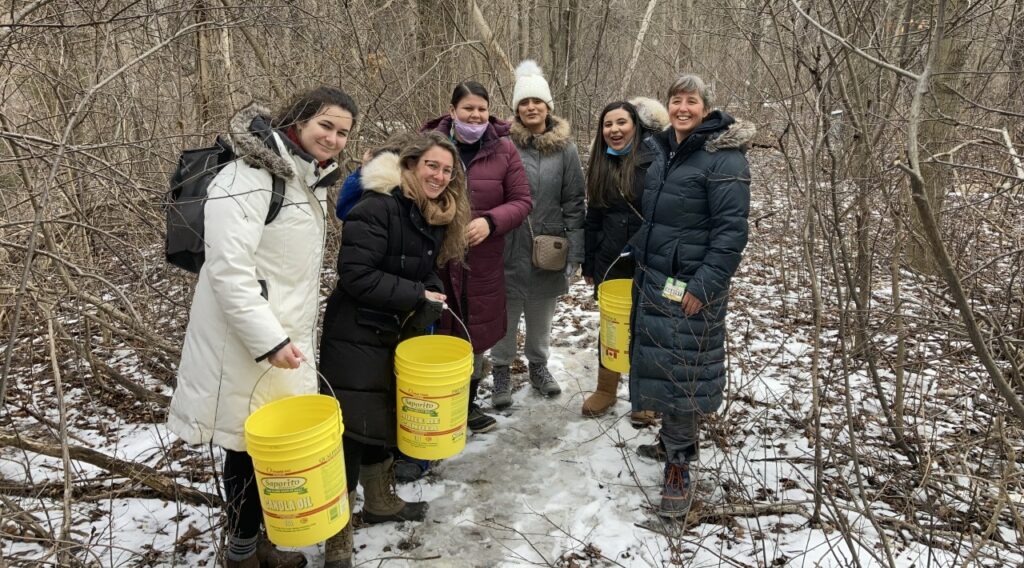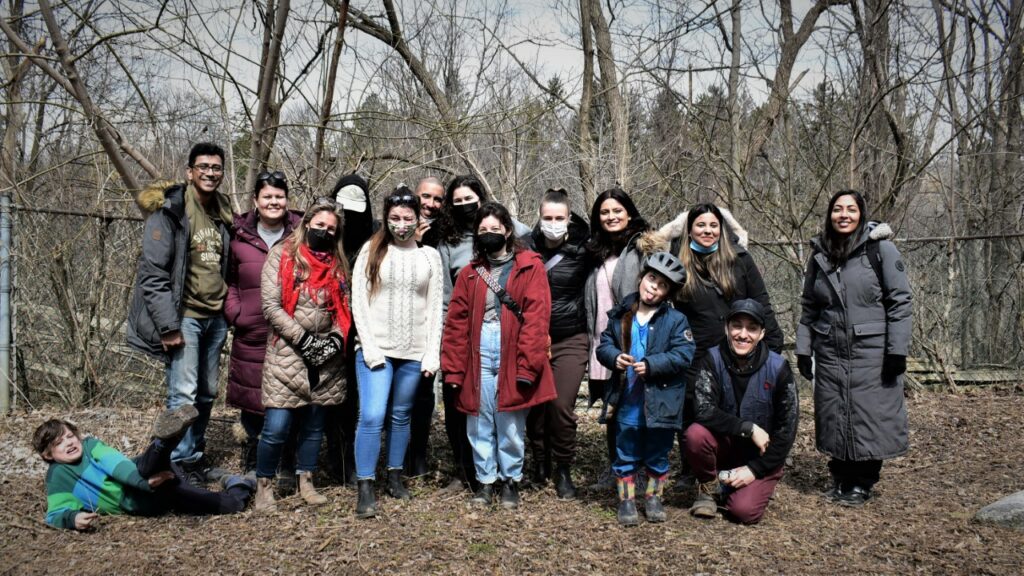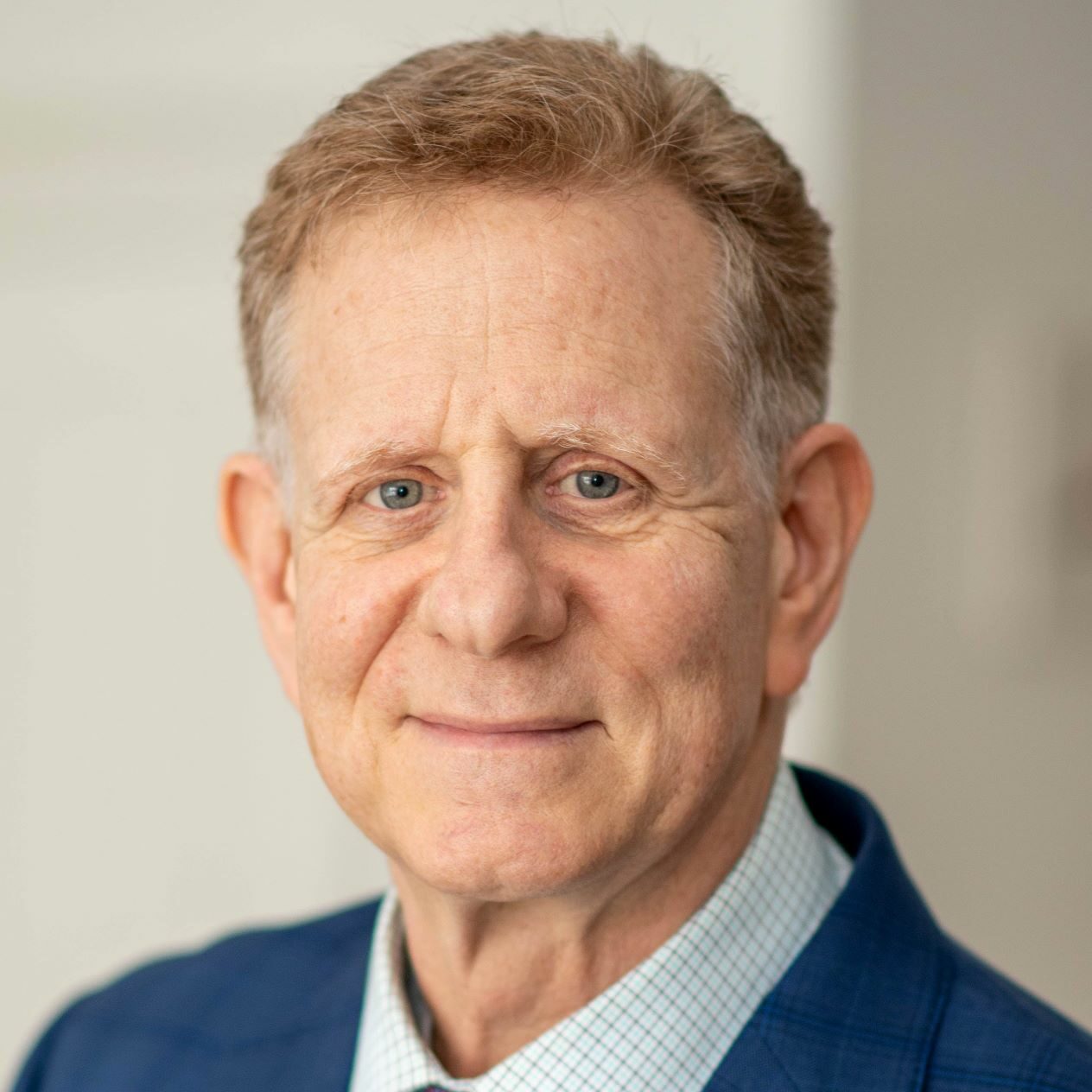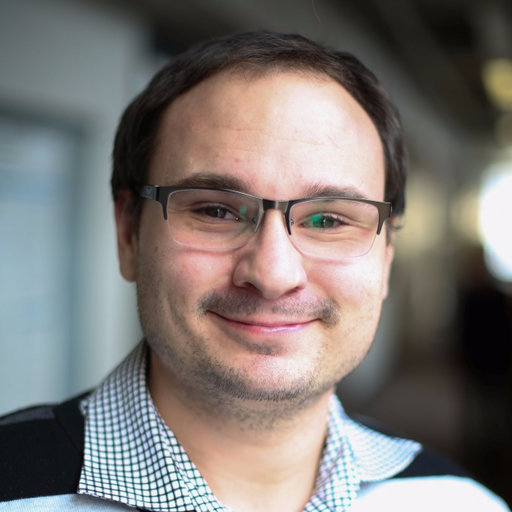Welcome to the January 2024 edition of Innovatus, a special issue of YFile devoted to teaching and learning at York University. This month we showcase the Faculty of Health and highlight its unique and exemplary approaches to pedagogy.
Innovatus is produced by the Office of the Vice-Provost, Teaching and Learning in partnership with Communications and Public Affairs division.
In this issue, the Faculty of Health invites York community members to read stories about how it is leading experiential teaching and learning initiatives that advance strategic initiatives and 21st-century learning in health-related programs.
The work in the Faculty of Health on our newly adopted strategic plan has emphasized a renewed commitment to unique health programming through experiential, accessible education. One of our strategic directions, “Creating Opportunity for Student Engagement and Impact,” will focus on advancing our supports for all students to succeed in their education, with meaningful community engagement through experiential and work-integrated learning (WIL).
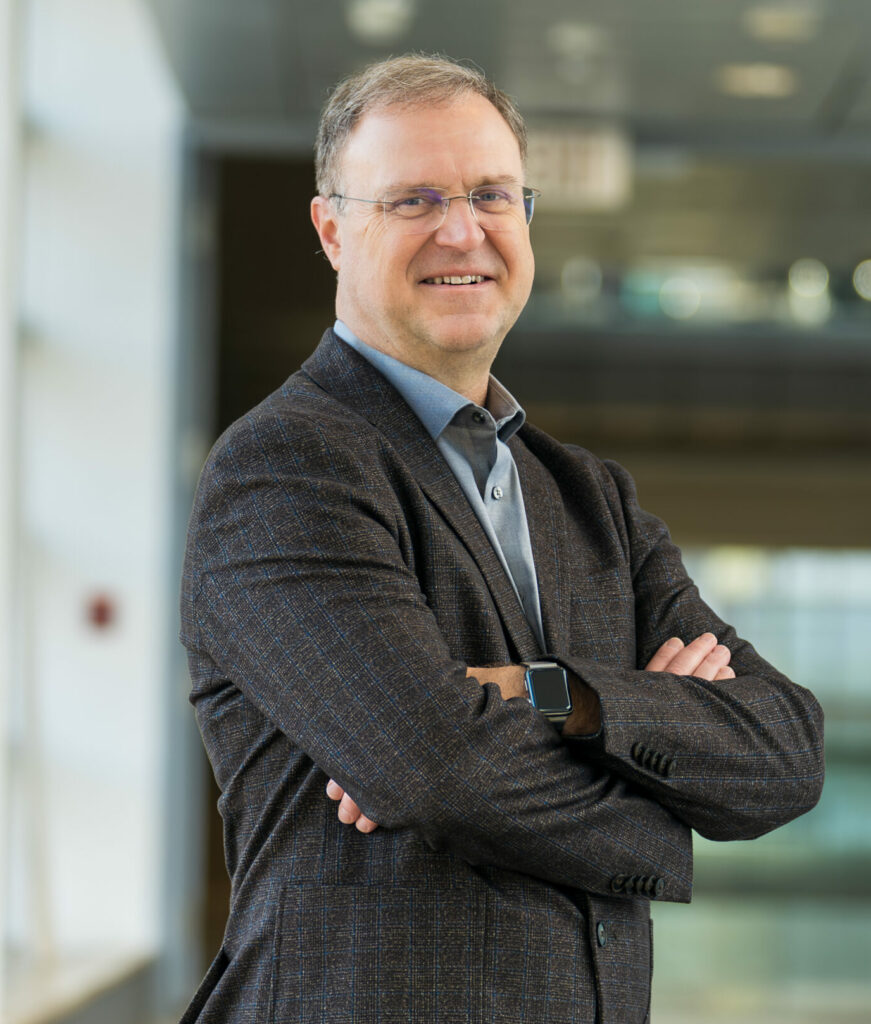
The recent United Nations’ International Day of Education on Jan. 24 reminds us that inclusive and equitable quality education and fostering lifelong learning are critical to our communities. The Department of Psychology is developing teaching-learning strategies that showcase how equity and success can be planned for first-generation students using research-based modules. This three-year project is led by our inaugural Distinguished Fellow in Learning and Teaching Excellence, a role created to recognize scholarship, innovative pedagogy and expertise in education. In addition, a funded project focusing on WIL for under-represented students aimed to reduce barriers through an initiative that provided Black students with work experiences in applying key skills.
In the Faculty’s School of Kinesiology & Health Science, undergraduate students have community service-learning opportunities for teaching adapted physical activity to high-school students. In the Black Creek and Jane-Finch communities, our undergraduates directly support students who are living with disabilities to compete in their annual Aspire Games, a spring track event held at York University. Our own students help others while applying discipline-specific, evidence-informed knowledge.
The School of Nursing is taking another approach for strengthening the student experience and is leveraging technology for e-mentoring undergraduate nursing students. Mentoring supports are aimed at helping them face the challenges of transitioning to intense workplace settings and navigate real-world health-care settings. Graduate nursing students participate in providing psychosocial support, career advice and networking.
Increasing students’ connections to international communities is occurring through course offerings across the Faculty’s five units, such as in the School of Global Health and in the School of Health Policy & Management. Facilitated by our international relations manager, faculty members can develop their capacity for teaching internationally through unique “bootcamp” experiences. Undergraduate and graduate students from across the Faculty of Health gain valuable experience in their area of interest in countries such as Costa Rica, Germany, Ghana and soon Cuba.
The challenges that our students and graduates face in health care and health-related work settings inspire us to lead through innovative approaches in teaching and learning. We hope you enjoy finding out more about the Faculty of Health and our vision to be leaders and partners for a healthy and just world.
Sincerely,
David Peters
Dean, Faculty of Health
Faculty, course directors and staff are invited to share their experiences in teaching, learning, internationalization and the student experience through the Innovatus story form, which is available here.
In this issue:
Two Faculty of Health professors champion equity in education
Psychology professors Julie Conder and Monique Herbert are advancing initiatives that ensure first-generation and under-represented students are gaining the learning and skills they need to succeed.
Hands-on experience brings kinesiology theory to life
Find out how Assistant Professor Stephanie Bowerman helped students learn how to work with disabled clients by turning theory into practice.
E-mentoring a success for nursing students
A three-month pilot project connected nursing students and practitioners to receive e-mentoring that would better prepare them to enter the workforce.
New Faculty of Health website highlights global learning
“Make our world a smaller place by being in it,” proclaims the new global learning page on the Faculty of Health’s website, which looks to further the Faculty’s series commitment to advancing global engagement, one of the University Academic Plan’s six priorities for action.


